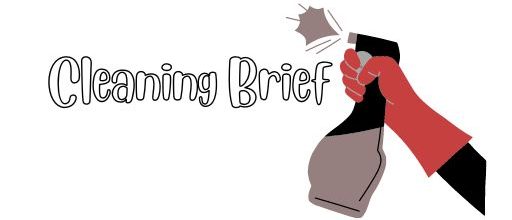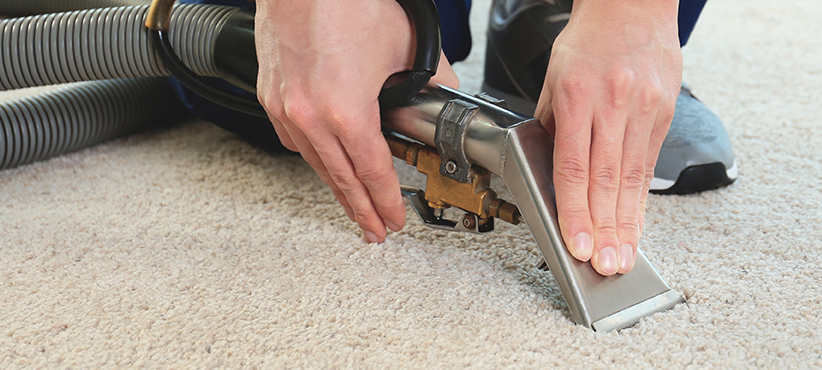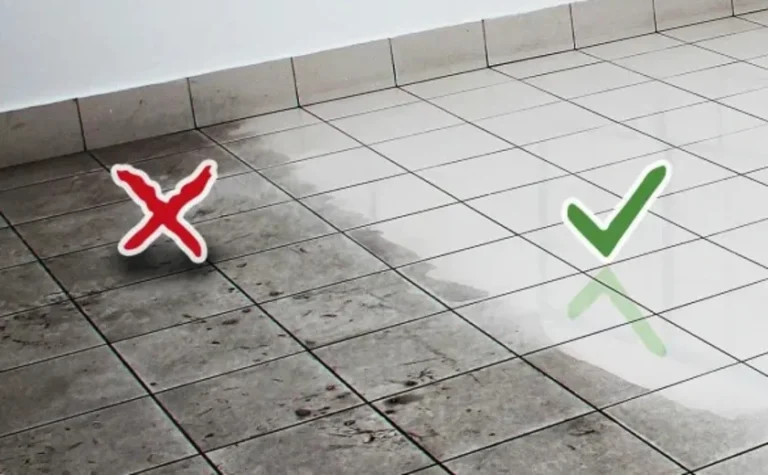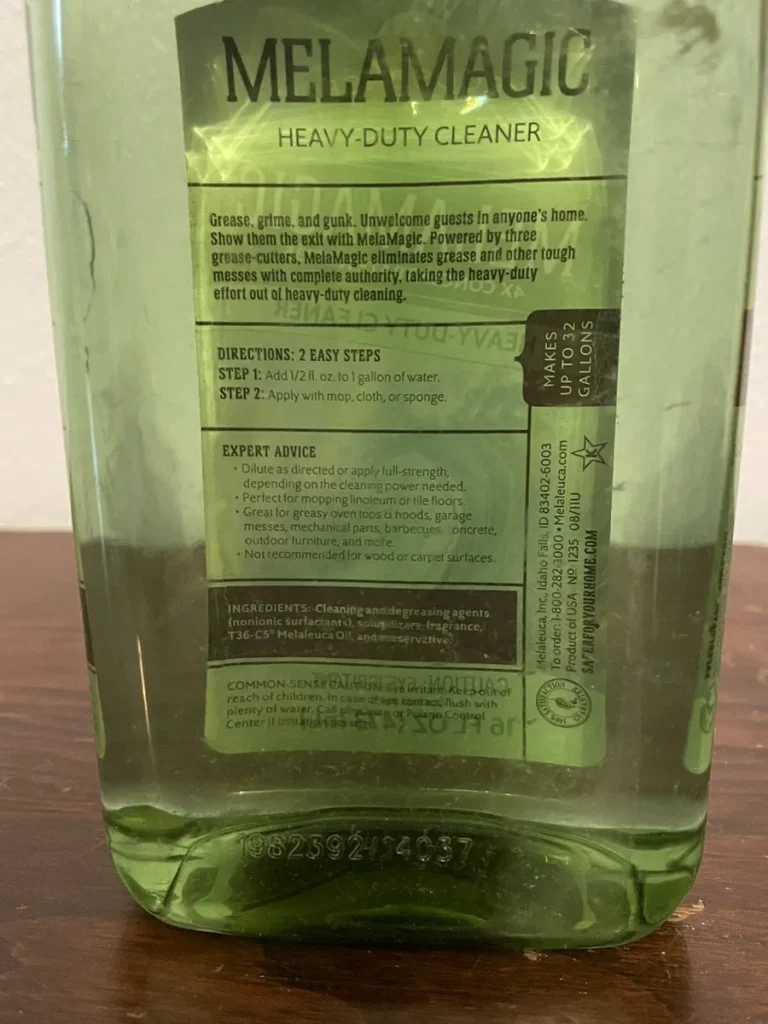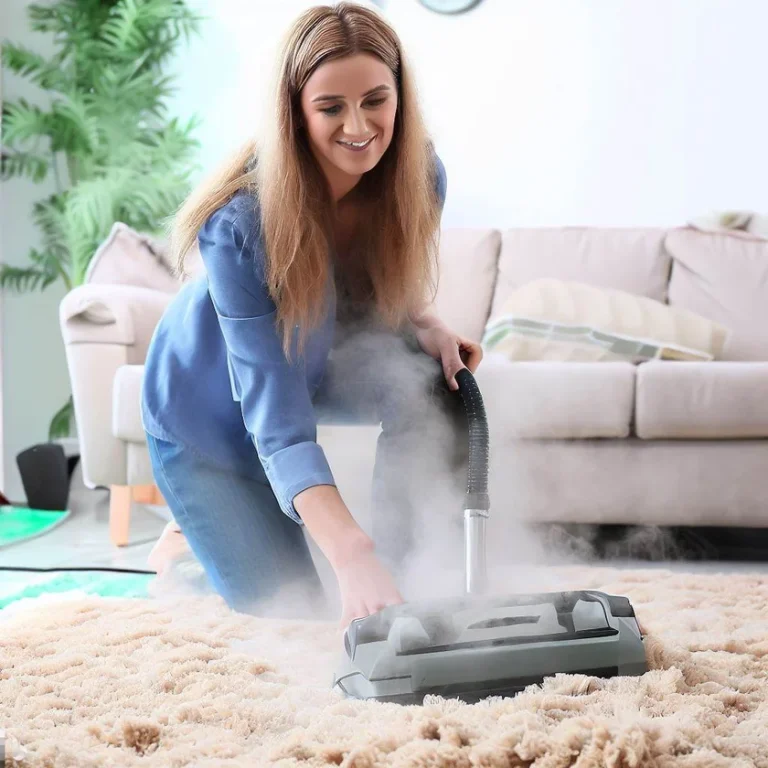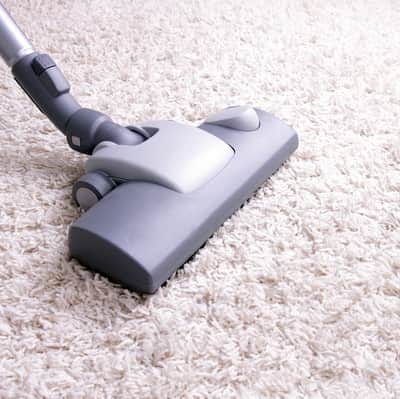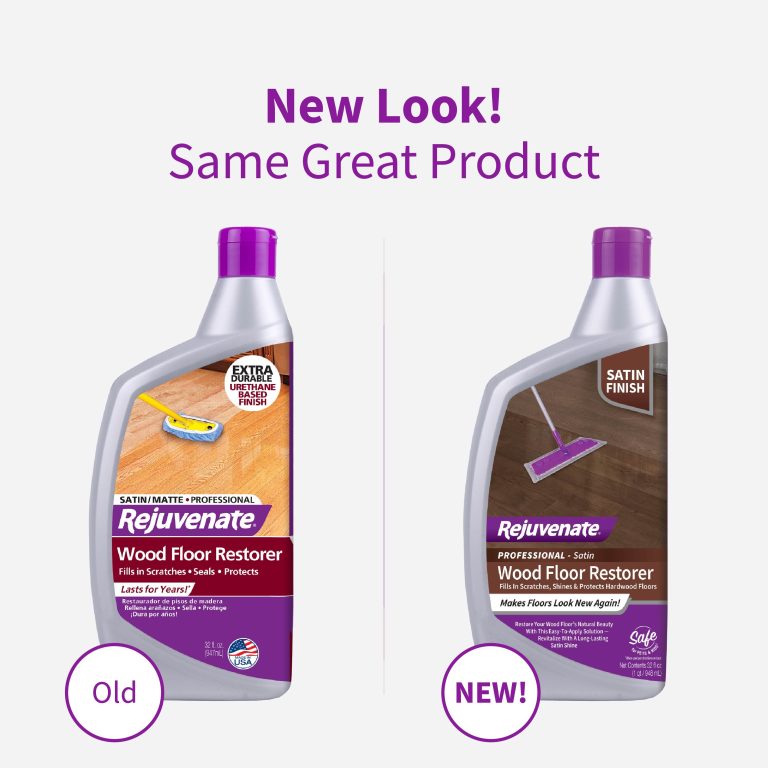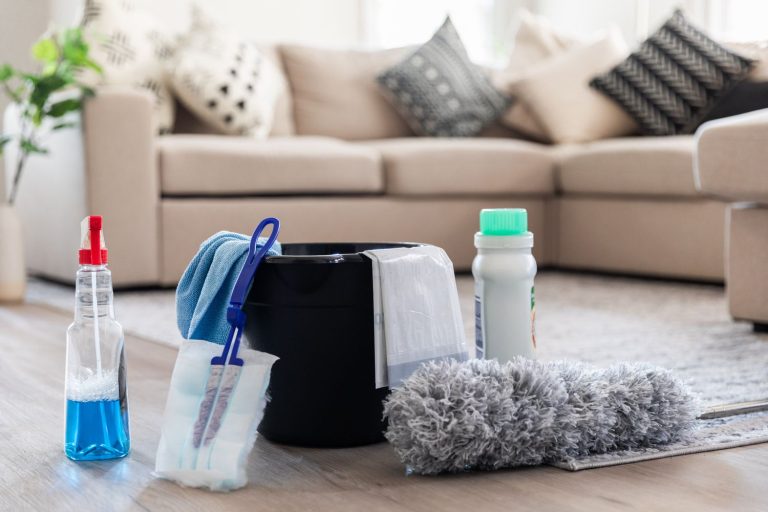How to Clean Soiled Carpet: Ultimate Guide to Spotless Floors
Clean soiled carpet by first removing any solid debris, then blotting the stain with a mixture of water and detergent. A clean and fresh carpet can enhance the overall appearance of a room.
However, accidents happen, and carpets may become soiled or stained over time. Whether it’s a spillage, pet accidents, or tracked-in dirt, it’s crucial to address the issue promptly and effectively. Cleaning a soiled carpet doesn’t have to be a daunting task if you follow a few simple steps.
We will explore some practical and efficient techniques that can help you restore your carpet’s cleanliness and freshness. By using basic household items and a little elbow grease, you can tackle even the toughest carpet stains and make your carpet look as good as new. So let’s delve into the world of carpet cleaning and discover how to effectively clean a soiled carpet.
Identifying The Type Of Stain
Identifying the type of stain on your carpet is the crucial first step in effectively cleaning it. Different stains require different cleaning methods, so it’s important to accurately determine the stain’s nature. In this section, we will look at three common types of stains and how to identify them: food and drink stains, pet stains, and ink and dye stains.
Food And Drink Stains
Food and drink stains are some of the most common and often occur during meals or social gatherings. Identifying these stains requires a close examination of their color and smell.
Characteristics:
- Color: Food and drink stains can vary in color depending on the ingredients involved. Some common colors include red, brown, yellow, or green.
- Smell: Certain food and drink stains may leave behind a distinctive odor. For example, wine stains can have a vinegary scent while coffee stains may have a strong coffee aroma.
Pet Stains
Pets are beloved members of many households, but accidents can happen. Identifying pet stains is crucial to effectively remove both the stain and any odors associated with it.
Characteristics:
- Color: Pet stains are commonly yellowish or brownish in color. They are often more noticeable on lighter-colored carpets.
- Shape: Pet stains may be irregularly shaped and can have visible edges or outlines.
- Odor: Pet stains can leave behind a strong, unpleasant odor. This is due to the presence of enzymes and bacteria in the urine or feces.
Ink And Dye Stains
Ink and dye stains can be particularly difficult to remove from carpets. Identifying these stains accurately is important to choose the most suitable cleaning method.
Characteristics:
- Color: Ink and dye stains can come in a wide range of colors, depending on the type of ink or dye involved. They can be dark, vibrant, or even light in color.
- Appearance: These stains may have a distinct, defined shape and texture. They can appear as blotches, lines, or even small dots.
By carefully examining the color, smell, shape, and appearance of a stain, you can accurately identify its type. Once you know what you’re dealing with, you can choose the appropriate cleaning method to effectively remove the stain and restore the beauty of your carpet.
Choosing The Right Cleaning Method
When it comes to cleaning a soiled carpet, choosing the right cleaning method is crucial in order to achieve effective and lasting results. The right method will depend on factors such as the type of stain, the carpet material, and personal preference. In this section, we will explore two main categories of cleaning methods: dry cleaning and wet cleaning. By understanding the differences between these methods, you can make an informed decision and restore your carpet’s cleanliness and appearance.
Dry Cleaning Methods
Dry cleaning methods involve using cleaning solutions and techniques that do not require the use of excessive water or moisture. These methods are ideal for carpets that cannot handle excessive moisture, such as natural fibers or carpets in areas with high humidity. Here are some common dry cleaning methods:
- Dry Carpet Powder: This method involves sprinkling a dry cleaning powder onto the soiled carpet. The powder is then worked into the fibers using a brush or broom. Once the powder has had time to absorb dirt and stains, it is vacuumed up, leaving the carpet clean and fresh.
- Dry Foam: With this method, a dry foam solution is applied to the carpet using a special machine. The foam works to lift dirt and stains from the carpet fibers. After allowing the foam to dry, it is vacuumed up, resulting in a clean and refreshed carpet.
- Encapsulation: This method involves using a specialized cleaning solution that forms crystals around dirt and stains. These crystals are then vacuumed up, taking the dirt and stains with them. Encapsulation is effective in removing both surface-level and deeper stains.
Wet Cleaning Methods
Wet cleaning methods, also known as steam cleaning or hot water extraction, involve using water and a cleaning solution to deep clean the carpet. These methods are suitable for carpets that can handle moisture and require a more thorough cleaning. Here are some wet cleaning methods:
- Hot Water Extraction: This is the most common wet cleaning method. It involves the use of a machine that sprays hot water and a cleaning solution onto the carpet, simultaneously extracting the dirty water. The heat and suction work together to remove dirt, stains, and allergens, leaving the carpet refreshed.
- Bonnet Cleaning: This method uses a rotary floor machine with a bonnet pad attached. The bonnet pad spins and agitates the carpet to loosen dirt and stains. A cleaning solution is sprayed onto the bonnet pad, which absorbs the loosened dirt and stains. Bonnet cleaning is suitable for maintaining already clean carpets and removing surface-level stains.
- Shampooing: In this method, a foaming shampoo is applied to the carpet and agitated with a brush or machine. The foam works to lift dirt and stains from the fibers. The carpet is then rinsed with water and the solution is extracted, leaving the carpet cleaner and smelling fresh.
When deciding which method to use, consider factors such as the carpet material, level of soiling, and available equipment. If you are unsure or have a particularly stubborn stain, it may be best to consult a professional carpet cleaning service. Choosing the right cleaning method will help you effectively clean your soiled carpet and extend its lifespan.
Utilizing Household Ingredients For Cleaning
When it comes to cleaning a soiled carpet, utilizing household ingredients can be an effective and cost-efficient solution. There are several common items found in most households that can be used to tackle tough carpet stains. By harnessing the power of everyday household ingredients, you can effectively clean and refresh your carpet without the need for harsh chemicals.
Baking Soda And Vinegar
Baking soda and vinegar are a dynamic duo when it comes to cleaning soiled carpets. Together, these two household ingredients create a powerful foaming action that helps lift and remove tough stains. To use this method, begin by sprinkling baking soda over the affected area. Next, spray or pour vinegar onto the baking soda to create a foaming reaction. Allow the mixture to sit for a few minutes before gently blotting with a clean cloth. Finally, rinse the area with water and allow it to dry.
Hydrogen Peroxide And Dish Soap
For particularly stubborn stains, a mixture of hydrogen peroxide and dish soap can be highly effective. Combine equal parts hydrogen peroxide and dish soap in a spray bottle and apply the solution directly to the stained area. Allow it to sit for a few minutes, then gently blot with a clean cloth. Rinse the area with water and allow it to air dry. This powerful combination is especially effective for tough and deep-set stains.

Credit: www.fortador-usa.com
Using Specialized Carpet Cleaning Products
A soiled carpet can be a headache to deal with, but there are specialized carpet cleaning products available that can make the task much easier. Two popular options are enzyme cleaners and oxygen bleach solutions.
Enzyme cleaners are a great choice when it comes to tackling soiled carpets. These cleaners are specifically designed to break down organic stains and odors, such as pet urine, blood, and food spills. The enzymes in these products work by targeting the molecules responsible for the stains and breaking them down, making it easier to remove the dirt and grime.
When using an enzyme cleaner to clean your carpet, start by blotting up any excess liquid or solids with a clean cloth or paper towel. Then, spray the enzyme cleaner directly onto the stained area and let it sit for the recommended amount of time, usually around 10-15 minutes. After the dwell time, blot the area again with a clean cloth to absorb the dissolved stains and excess moisture. Repeat this process if necessary until the stain is completely removed.
In addition to enzyme cleaners, oxygen bleach solutions can also be used to clean soiled carpets effectively. Unlike chlorine bleach, which can damage and discolor carpets, oxygen bleach is a safer alternative that won’t harm the fibers of your carpet.
| Steps to using Oxygen Bleach Solutions for cleaning carpets: |
|---|
|
Using specialized carpet cleaning products like enzyme cleaners and oxygen bleach solutions can greatly improve your chances of effectively cleaning a soiled carpet. Remember to always follow the manufacturer’s instructions and test the products on a small area before proceeding with the whole carpet. With a little bit of effort and the right products, you can restore your carpet to its clean and fresh condition.
Preventing Future Stains
Your newly cleaned and fresh-smelling carpet is a sight to behold. But how can you ensure it stays that way? By taking preventive measures, you can minimize the chances of future stains. Let’s explore two simple steps you can incorporate into your regular carpet cleaning routine to keep your carpet looking its best.
Regular Vacuuming
Vacuuming your carpet regularly is the first line of defense against dirt, dust, and other particles that can lead to stains. By removing these substances promptly, you can prevent them from settling deeper into the carpet fibers and causing long-term damage.
Set a schedule for vacuuming your carpet at least once a week, or more frequently in high-traffic areas. Use a vacuum cleaner with a HEPA filter to effectively capture the finest particles and allergens, keeping your carpet fresh and your indoor air quality high.
To ensure thorough cleaning, divide your carpeted areas into sections and give each section a few passes with the vacuum cleaner. Pay special attention to corners, edges, and areas near furniture where dust tends to accumulate. Additionally, don’t forget to clean your vacuum cleaner regularly to maintain its functionality.
Immediate Cleaning Of Spills
Accidents happen, but when it comes to spills on your carpet, immediate action is key. The longer a spill remains on your carpet, the more difficult it becomes to remove the stain. Promptly attending to spills can significantly minimize the chances of long-term damage.
When a spill occurs, act quickly, and follow these steps:
- Blot up the excess liquid using a clean cloth or paper towel. Be gentle, as aggressive rubbing can push the stain deeper into the carpet.
- For liquid spills, use a mixture of warm water and a mild detergent. Apply the solution to a clean cloth and blot the stained area.
- For solid spills, use a dull knife or spoon to carefully scrape away the substance. Avoid rubbing or smearing the spill.
- Rinse the cleaned area with clean water and blot dry with a clean cloth.
- If the stain persists, consider using a specialized carpet stain remover following the product’s instructions.
Remember, the sooner you address a spill, the better chance you have of preventing a permanent stain. By incorporating these preventive measures into your carpet care routine, you can enjoy a cleaner, fresher carpet for longer.
:max_bytes(150000):strip_icc()/woman-vacuuming-getty-0620-2e32996941da4b8591954b0e988805d6.jpg)
Credit: www.marthastewart.com

Credit: whitehallcarpetcleaners.com
Frequently Asked Questions For How To Clean Soiled Carpet
How Do You Clean A Soiled Carpet?
To clean a soiled carpet, start by removing any solid debris and blotting any liquid spills. Then, mix a solution of warm water and carpet cleaner, and using a clean cloth, gently scrub the stained area. Rinse with clean water, blot the excess moisture with a dry cloth, and let it air dry completely.
Vacuum the carpet to finish.
Can You Use Vinegar To Clean A Soiled Carpet?
Yes, vinegar can be used to clean a soiled carpet. Mix equal parts of white vinegar and water and apply the solution to the stained area. Gently blot the stain using a clean cloth or sponge. Vinegar helps break down stains and remove odors.
However, always test in an inconspicuous area first to ensure it won’t damage the carpet.
How Often Should You Clean A Soiled Carpet?
Ideally, you should clean a soiled carpet as soon as possible to prevent stains from setting in. However, regular deep cleaning is recommended at least once or twice a year, depending on foot traffic and the carpet’s condition. Regular vacuuming and immediate spot cleaning are also crucial to maintain a clean and fresh-looking carpet.
Can Baking Soda Remove Stains From A Soiled Carpet?
Yes, baking soda can help remove stains from a soiled carpet. First, blot the stain to remove any excess moisture. Then, sprinkle baking soda generously over the stain, gently rub it in, and let it sit for a few hours or overnight.
Finally, vacuum up the baking soda residue. Baking soda helps absorb moisture and neutralize odors, effectively tackling stains.
Conclusion
In order to keep your carpet clean and free from stains, it’s essential to act quickly. Through regular vacuuming and prompt stain removal, you can maintain the integrity of your carpet. With the proper tools and techniques, you can effectively clean your soiled carpet and prolong its lifespan, saving you time and money in the long run.
